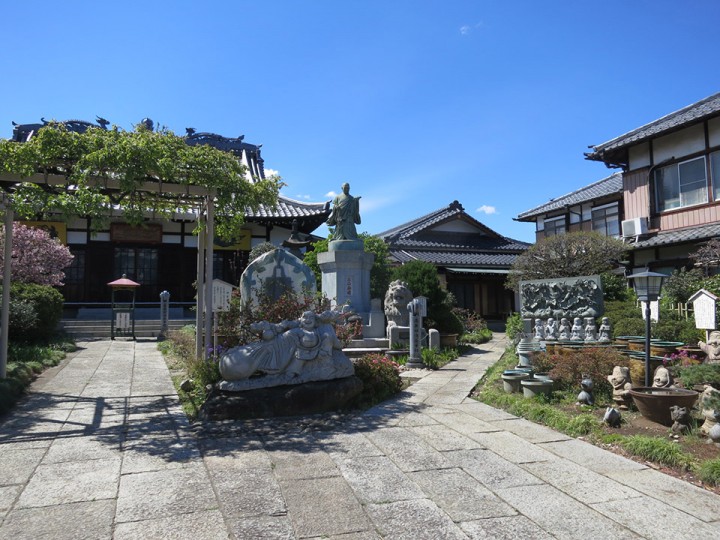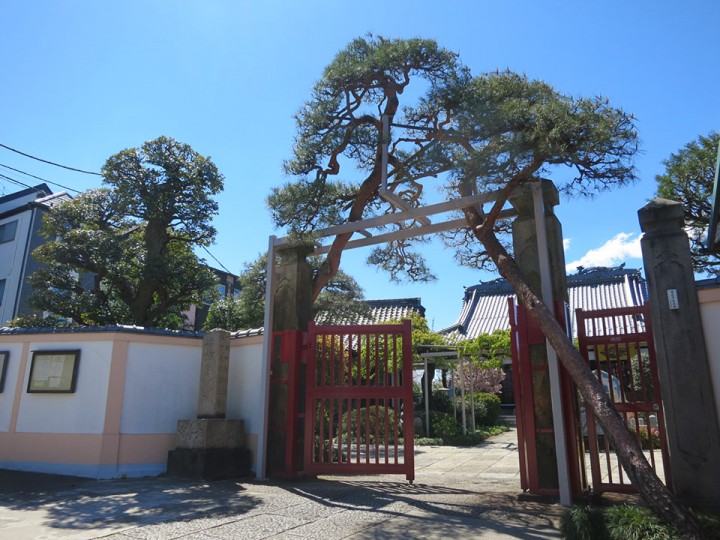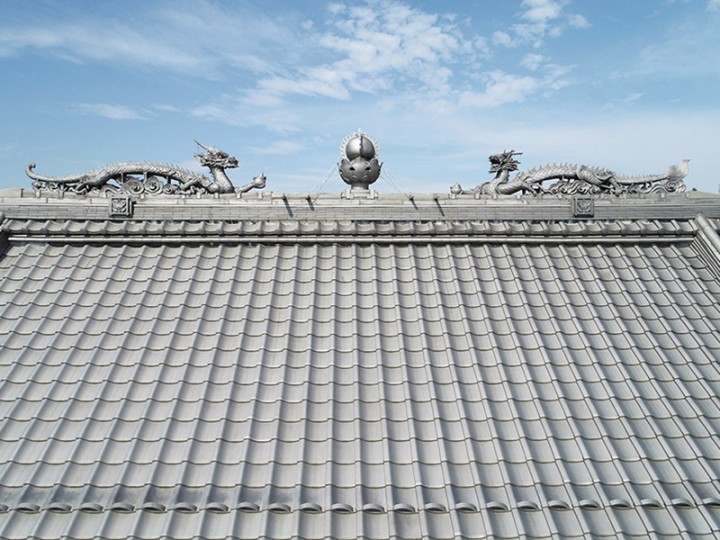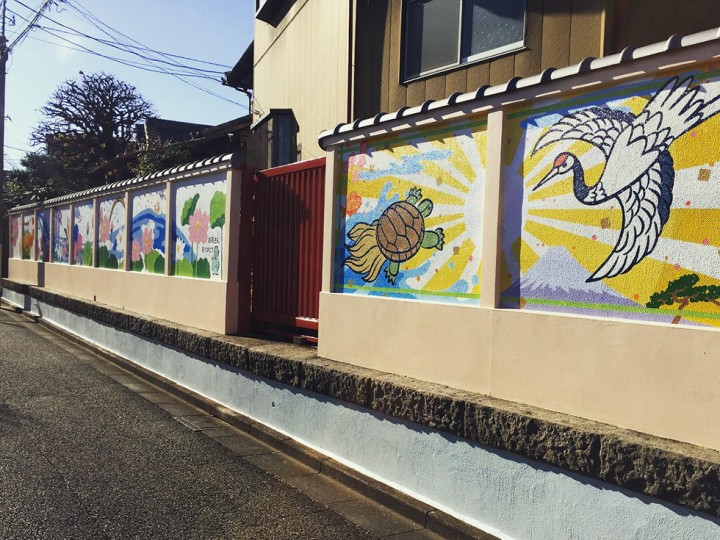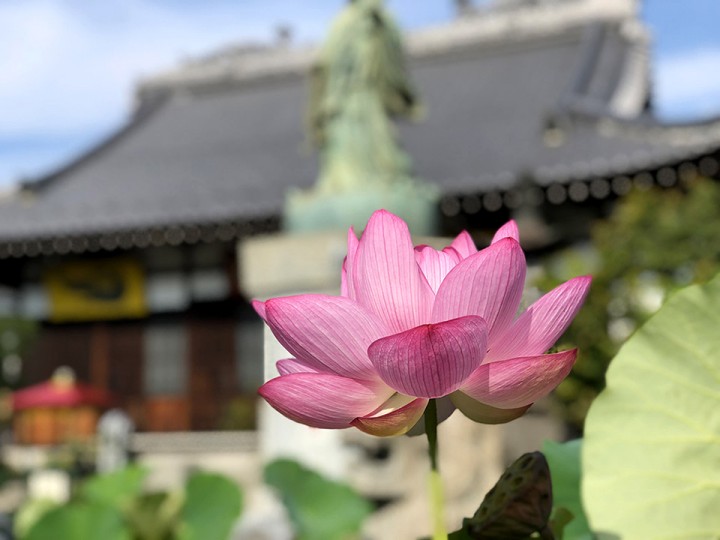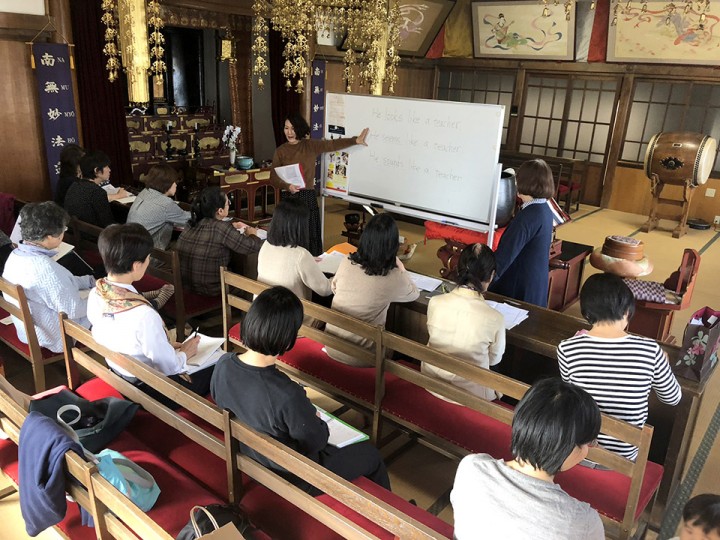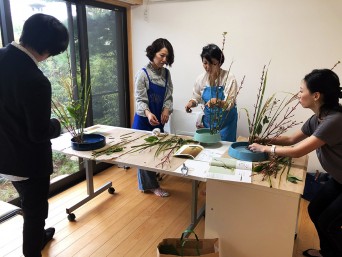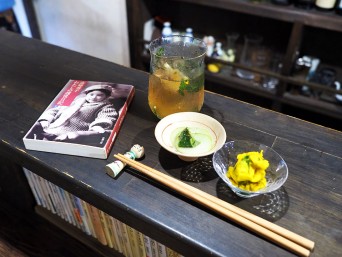- SEE & DO
- SIGHTSEEING
- temples & shrines
- CHOZENJI TEMPLE
- Price:
FREE; Fee required for workshops
- Address:
- 2 Chome-40-50 Koenji-minami, Suginami, Tokyo
- Distance from Station:
- 8 minutes on foot from JR Koenji Station, South Exit
- Phone:
- 03-3311-2922
- Website:
- http://www.chozenji.com/ (external link)
- no-smoking
CHOZENJI TEMPLE
A Temple Not Like the Others
[updated November 2019]
Chozenji Temple was founded in Yanaka, downtown Tokyo, in 1590, and then it was relocated to its present location in Koenji after the 1923 Great Kanto Earthquake, which caused fires through most of Tokyo and nearly 150,000 deaths. Since then, Chozenji has found a perfect location situation in the peaceful Koenji Temples Area between Koenji and Shin-Koenji Stations, where many other temples have relocated around the same time.
The red lacquered pillars, which hold the front gate, are original. On the roof of the main temple building are elaborate statues of two dragons with a jewel-like box placed between them. Inside the box, the statue of the highest priest of the Nichiren Buddhist Sect is stored. These roof statues were commissioned specially for this temple, and this is a one-of-a-kind feature that you will not see on other temples.
The main point of this temple, after all, is sculptures of different sizes and expressions, like reliefs of lotus, lions, rabbits and turtles, and even characters aimed at children such as Kintaro from Japanese folklore and even Snow White and the Seven Dwarfs. These are the collections of the present chief priest of this temple, over 90 years of age, who collected the statues and displays them hoping they will please temple visitors. Another artistic feature is the colorful wall painting completed in 2017 by a local designer, Minoru Tsuchiya (who is also responsible for the 4 station woodblock prints that became the logo for this website).
Another highlight of this temple is the lotus flowers in the pond. In the pond 64 kinds of lotus flowers are in full bloom in June and July.
In an attempt to promote good relations with locals, the temple provides cultural activities and events, like English lessons, workshops for paper craft, art exhibitions, and an ikenbana (flower arrangement) workshop taught by Ichirin Osawa, who speaks fluent English.
So in many points, this temple is rather different from most temples. If you are looking for a peaceful temple that welcomes foreign visitors where you can learn many things or just enjoy the artistic features, you ought to pay Chozenji a visit.
ACCESS








